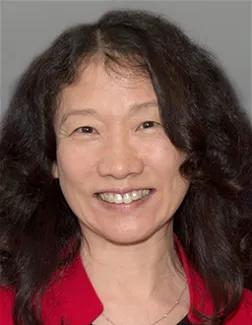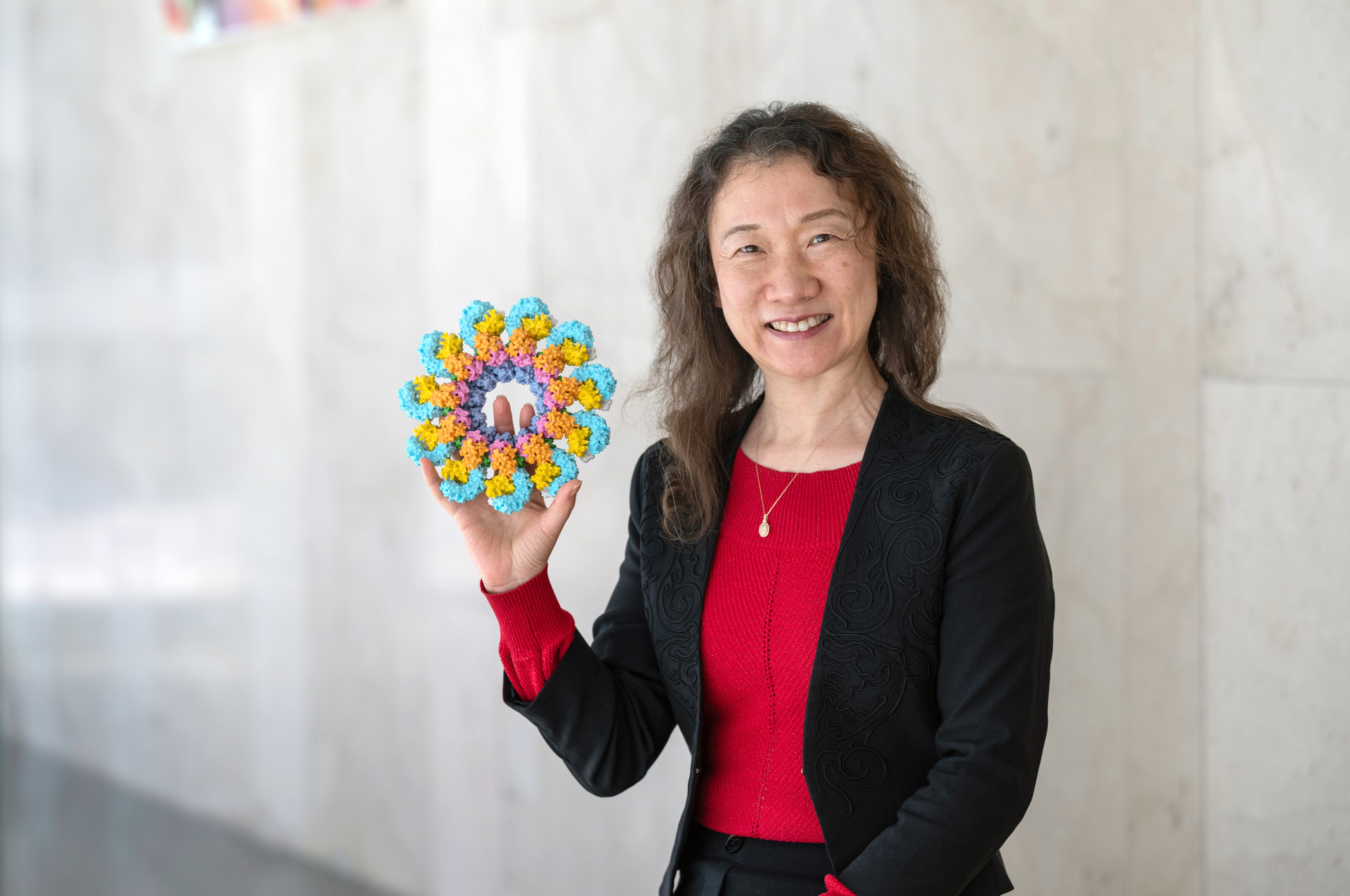

Information
Related Research Units
Research Overview
The Wu laboratory of structural and mechanistic immunology focuses on elucidating the molecular and cellular mechanisms that govern the assembly, regulation and therapeutic intervention of supramolecular complexes in innate immunity. Our current research focuses on inflammasomes, which are cellular machineries for activating inflammatory caspases. Activated caspases process the IL-1 family cytokines and the pore forming protein gasdermin D (GSDMD), and GSDMD pores release the mature cytokines and cause pyroptotic cell death. We also have ongoing projects on mechanism and therapeutic intervention in tumor necrosis factor (TNF) and Toll-like receptor (TLR) signaling pathways.
There are three pillars for the research in the lab:
- Cryo-EM and other biophysical methods for detailed understanding of molecular complexes, including a large number of membrane proteins
- Drug screening and validation for potential therapeutics in immune diseases and cancer, and
- Cellular imaging and other tools for the assembly of supramolecular complexes in cells.
Research Background
Dr. Wu received her pre-medical training at Peking University from 1982 to 1985 and studied Medicine at Peking Union Medical College from 1985 to 1988. She obtained her Ph.D. degree in Biochemistry from Purdue University in 1992 and performed postdoctoral training at Columbia University, She became an Assistant Professor at Weill Cornell Medical College in 1997 and was promoted to Professor in 2003. In 2012, Dr. Wu moved to Harvard Medical School as the Asa and Patricia Springer Professor of Structural Biology, Professor of Biological Chemistry and Molecular Pharmacology, and Senior Investigator in the Program in Cellular and Molecular Medicine of Boston Children’s Hospital.
Dr. Wu has received a number of honors, including the Howard Hughes Medical Institute pre-doctoral fellowship, the Aaron Diamond postdoctoral fellowship, the Pew Scholar award, the Rita Allen Scholar award, New York Mayor’s Award for Excellence in Science and Technology, the Margaret Dayhoff Memorial Award from the Biophysical Society, the Dorothy Crowfoot Hodgkin Award from the Protein Society, the Seymour & Vivian Milstein Award for Excellence in Interferon and Cytokine Research from the International Cytokine and Interferon Society, the Bert and Natalie Vallee Award in Biomedical Science from the American Society for Biochemistry and Molecular Biology, the William B. Coley Award for Distinguished Research in Basic and Cancer Immunology from Cancer Research Institute, AAI-Thermo Fisher Meritorious Career Award from the American Association of Immunologists, and the Gregori Aminoff Prize from the Royal Swedish Academy of Sciences.
Dr. Wu serves on the Scientific Advisory Council of the Cancer Research Institute and the Editorial Board of Science and Cell. She is an elected member of the National Academy of Sciences and the American Arts and Sciences.
Media

Congratulations to Hao Wu, PhD, who was named to the National Academy of Medicine for her discovery of signalosomes, molecular structures that have fundamentally changed our understanding of innate immune signaling and could lead to new therapeutic strategies for inflammation and cancer.
Publications
- Small-molecule GSDMD agonism in tumors stimulates antitumor immunity without toxicity. Cell. 2024 Oct 31; 187(22):6165-6181.e22. View Abstract
- NINJ1 mediates plasma membrane rupture by cutting and releasing membrane disks. Cell. 2024 Apr 25; 187(9):2224-2235.e16. View Abstract
- ROS-dependent S-palmitoylation activates cleaved and intact gasdermin D. Nature. 2024 Jun; 630(8016):437-446. View Abstract
- Structural insights into cytokine cleavage by inflammatory caspase-4. Nature. 2023 Dec; 624(7991):451-459. View Abstract
- Cryo-EM structures of the active NLRP3 inflammasome disc. Nature. 2023 01; 613(7944):595-600. View Abstract
- NLRP3 cages revealed by full-length mouse NLRP3 structure control pathway activation. Cell. 2021 12 22; 184(26):6299-6312.e22. View Abstract
- Phase separation drives RNA virus-induced activation of the NLRP6 inflammasome. Cell. 2021 11 11; 184(23):5759-5774.e20. View Abstract
- Gasdermin D pore structure reveals preferential release of mature interleukin-1. Nature. 2021 05; 593(7860):607-611. View Abstract
- DPP9 sequesters the C terminus of NLRP1 to repress inflammasome activation. Nature. 2021 04; 592(7856):778-783. View Abstract
- Structural mechanism for NEK7-licensed activation of NLRP3 inflammasome. Nature. 2019 06; 570(7761):338-343. View Abstract